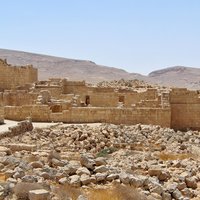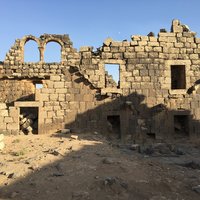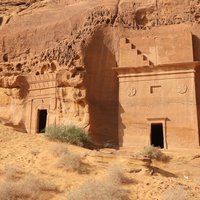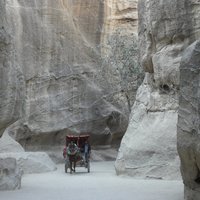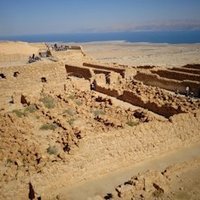Connected Sites
-
remains of Nabatean desert settlements on a trade route
-
"The extent of these earliest Nabataean and Roman settlements cannot be confirmed as the village and the town were destroyed in the 3rd century CE, and the building material was used in later constructions." (AB ev)
-
largest remaining Nabatean site south of Petra, "complementary, giving a fuller picture of Nabataean civilisation than Petra itself" (AB ev)
-
"was a major Nabataean city in the 1st century CE, but was profoundly altered by the Roman and then Byzantine presence. The Nabataean vestiges are few in number,.." (AB ev Al Hijr)
-
Wadi Rum became a Nabataean outpost on the route between Al-Higr (Meda'in Saleh) in Saudi Arabia and Petra. (AB ev)
-
"indisputably the major archaeological site of Nabataean civilisation, of which it was the capital" (AB ev Al-Hijr)
-
Nabatean pottery was found, probably due to Nabatean involvement in the siege over Masada.

